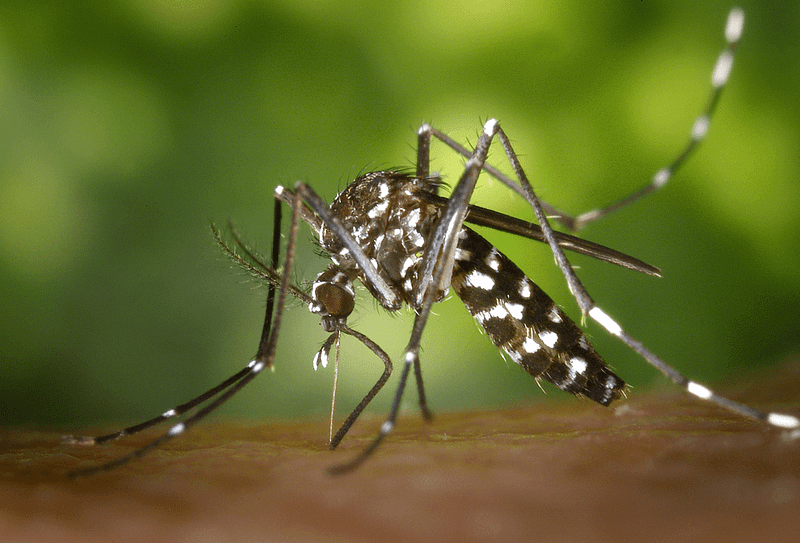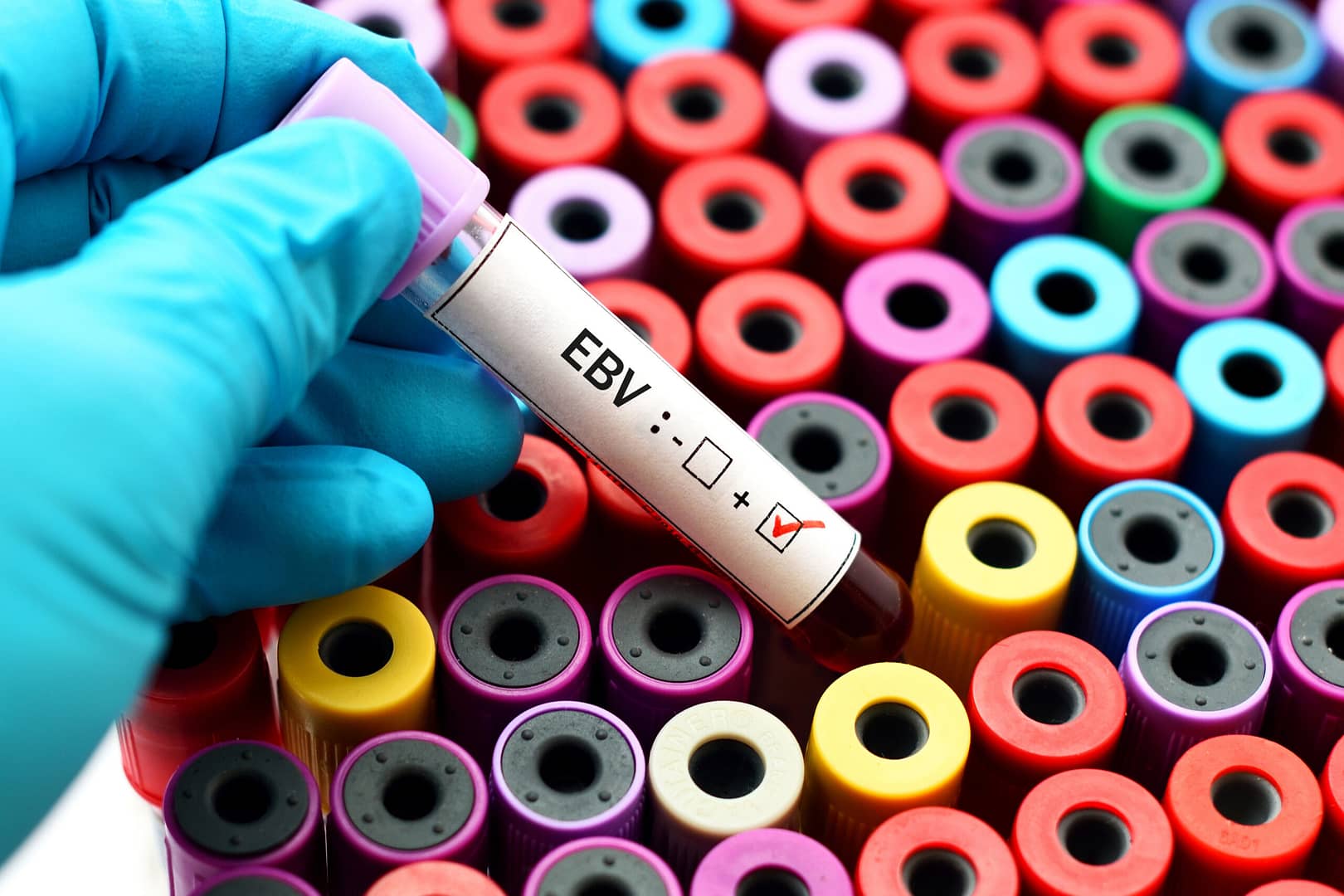Which Non-Toxic Insect Repellent is Best for Your Family?
How to make a Natural Mosquito or Tick Repellent with Essential Oils
Now that school’s out, it’s time to play outside. Unfortunately the out-of-doors also means exposure to bugs like mosquitos, chiggers, and ticks. The reality is that dangerous and often persistent diseases carried by these bugs are being encountered with greater frequency. These diseases include Lyme disease, West Nile Virus, Rocky Mountain Spotted Fever and Babesiosis. The need to come up with strategies to protect our children and ourselves from bug bites and potential pathogen exposure is more important than ever. Increasing concern over the arrival of the Zika virus to the lower continental U.S. is adding increased concern as well.
Also of concern are the potentially harmful effects of some of the ingredients of some available insect repellents such as D.E.E.T. and other potentially toxic petrochemical ingredients. D.E.E.T. also known as N,N-diethyl-meta-toluamide is the most common petrochemical used in many commercial repellents. It is approved by the EPA. In a recent publication, Dr. Abou Donia, a Duke University pharmacologist, found that an average human dose (40mg/kg body weight) applied to rats caused them to perform far worse than control rats when challenged with physical tasks requiring muscle control, strength and coordination. He also found that D.E.E.T. caused neurons to die in regions of the brain that control muscle movement, learning, memory and concentration in lab animals. Reference: DukeToday- Duke Pharmacologist Says Animal Studies on DEET’s Brain Effects Warrant Further Testing; May 1, 2002
Coverage of the skin with clothing is always helpful. Wearing socks, long sleeves and long pants affords relatively good protection. In the case of ticks it is important to examine the skin for attached ticks frequently when out-of-doors paying special attention to hair and skin crevices. Exposed skin is the concern, of course.
Is there an option that is effective to prevent bugs biting that is not excessively toxic and will not contribute excessively to our already substantial load of environmentally toxic chemicals?
I believe that there is. There are a number of natural essential oils that are quite effective at preventing bugs from lighting and biting. Safe and effective products can be purchased or homemade sprays can be mixed up as well.
To make your own natural essential oil repellent spray you need to choose between water-based or oil-based. Water-based repellents tend to need to be reapplied more frequently. To mix water-based repellent you can also use witch hazel or apple cider vinegar which tends to dissolve the essential oils easier and then can be diluted with distilled water.
To make oil-based repellents you should use a carrier oil such as jojoba, sesame, or sweet almond to dissolve the essential oils in. The typical recipe is about 20 drops of 100% pure essential oil (you can blend your favorites) in 2 tablespoons/one ounce of carrier oil.
So which essential oils work best? Geranium oil/geraniol is used in many formulas. Other oils known to be effective at repelling insects include cedar oil, clove oil, eucalyptus oil, lemon eucalyptus oil, lemongrass oil, rosemary oil, citronella oil and neem oil. Either water or oil-based mixtures should be stored in a cool, dark location and will keep for approximately 2 months. They can be either stored in a small spray bottle and sprayed directly on the exposed skin (caution with young skin less than age two), or they can be poured on to the palm of the hand and rubbed in (best for facial application). With oil-based repellents it might be best to use an oil mister as standard spray bottles tend to clog. Natural mosquito repellent should be reapplied every one to two hours or even more often if needed.
Makers of essential oils include Wyndmere Essential Oils, Aura Cacia Essential Oils, Now Essential Oils, and Plant Therapy Essential Oils. It is best to buy 100% pure essential oils to use in your preparations.
Some available brands of prepared natural essential oil sprays include Skeeter Screen, Jason Quit Bugging Me, Buzz Away Extreme from Quantum Health, and BugOut.
Another clever option is a device called the Buglet– an essential oil diffusing bug repellent bracelet. The bracelets with colorful designs contain a pumice stone that allows for reapplication of appropriate essential oils when needed in order to allow a consistent release of scent. The Buglet comes with a mixture of essential oils containing citronella, lemongrass, rosemary, peppermint and geranium. It is reusable (refills of the oils are available or you can use your own). It is especially good for sensitive skin or for skin affected by sores (previous mosquito bites-ouch!!)
Here are some helpful hints from the CDC for use of any insect repellent:
- Apply repellents only to exposed skin and/or clothing (as directed on the product label). Do not apply repellents under your clothing.
- Never use repellents over cuts, wounds or irritated skin.
- Do not apply to eyes or mouth, and apply sparingly around ears. When using repellent sprays, do not spray directly on your face-spray on your hands first and then apply to your face.
- Do not allow children to handle or spray the product. When using on children, apply to your own hands first and then put it on the child. Avoid applying repellent to children’s hands because children frequently put their hands in their eyes and mouths.
- Use just enough repellent to cover exposed skin and/or clothing. Heavy application does not give you better or longer lasting protection.
- After returning indoors, wash treated skin with soap and water or bathe. This is particularly important when repellents are used repeatedly in a day or on consecutive days.
- If you (or your child) get a rash or other reaction from a repellent, stop using the repellent, wash the repellent off with mild soap and water, and call a local poison control center for further guidance. If you go to a doctor, it might be helpful to take the repellent with you.
The above guidelines are from the CDC (Centers for Disease Control) and were designed to apply to the use of “recommended products containing active ingredients which have been registered with the U.S. Environmental Protection Agency (EPA) for use as repellents applied to skin and clothing. http://www.cdc.gov/westnile/faq/repellent.html
 Enjoying nature is one of the most therapeutic activities we can do. Just learn to avoid bringing unwanted keepsakes back home from your time in the out-of-doors. Be safe and have fun!
Enjoying nature is one of the most therapeutic activities we can do. Just learn to avoid bringing unwanted keepsakes back home from your time in the out-of-doors. Be safe and have fun!









